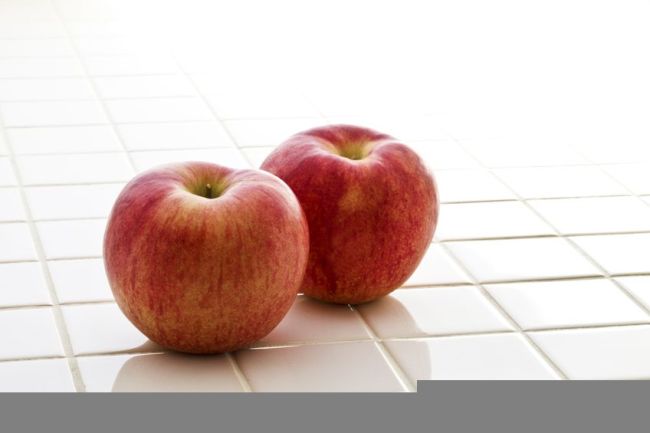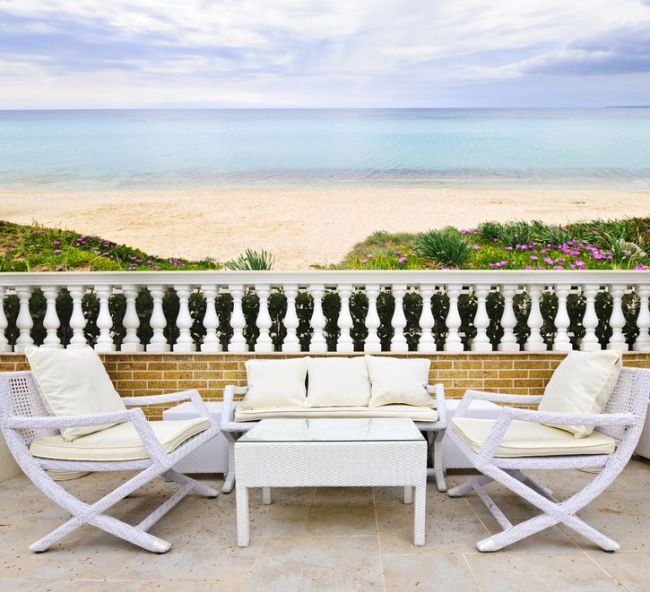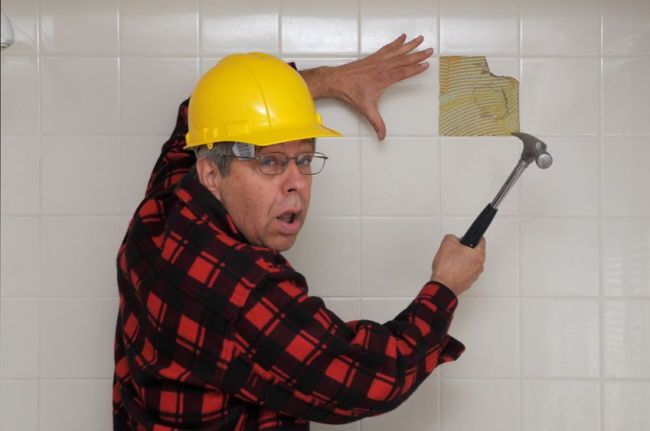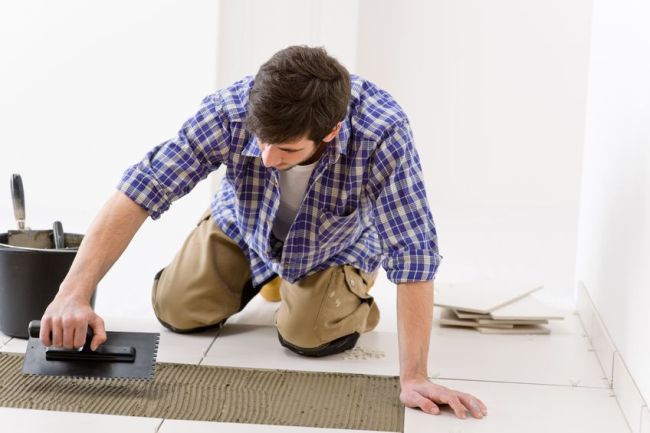Most people think of tile as only being used on the wall or floor. However there is one place where tiles work extremely well and that is the countertop. Here are 6 great reasons to tile your countertop:
Easy to clean: Porcelain and ceramic tiles are very easy to keep clean. This as anyone who cooks knows is especially important for the countertop because this is where food is prepared. Any household cleaner is perfect for cleaning both a ceramic or porcelain countertop.
Heat resistant: Unlike other materials ceramic and porcelain tile is heat resistant. This makes tile perfect for the area near the stove where other materials would easily be damaged by extreme heat.
Stain resistant: Because the counter top is used for preparing food, it is inevitable that there will be oil and other liquids being used which would easily stain many types of materials. Unlike some types of porous stone tiles ceramic and porcelain tiles are stain resistant making them ideal.
You can do it yourself: Tiling a countertop is not as hard as many people think. In fact it is easy enough for a beginner DIY project. And because you can do it yourself that means you are saving money on installation as well.
Easy to repair: Not only is a porcelain or ceramic countertop easy to install, but it is also easy to repair. Replacing broken single tiles or grout is also a quick and easy job any beginner can handle.
So many options: There are so many options available that there is literally something for everyone. Both ceramic and porcelain come in almost unlimited colors and designs. Some porcelain designs mimic wood and stone so well that they are virtually undistinguishable from the real thing.
As you can see, there are so many amazing reasons to tile your countertop that it’s a wonder everyone doesn’t do it! The only hard part about doing so is choosing which style and color to use because there are so many available. Here are a few extra tips to help you on your way:
Some Extra Tips:
– Always used glazed tiles as opposed to unglazed. Glazed tile is stain resistant while unglazed is not.
– Use floor tile rather than wall tile. Wall tile is too fragile to be used on countertops. Floor tile is thicker and more durable, making it ideal for the abuse that countertop tiles can receive.
– To help protect your grout from staining make sure you use one with a liquid latex additive. Also make sure you seal the grout with a quality sealant and then reapply it once a year for further protection.
For a good article on many countertop options click here: http://en.wikipedia.org/wiki/Countertop




